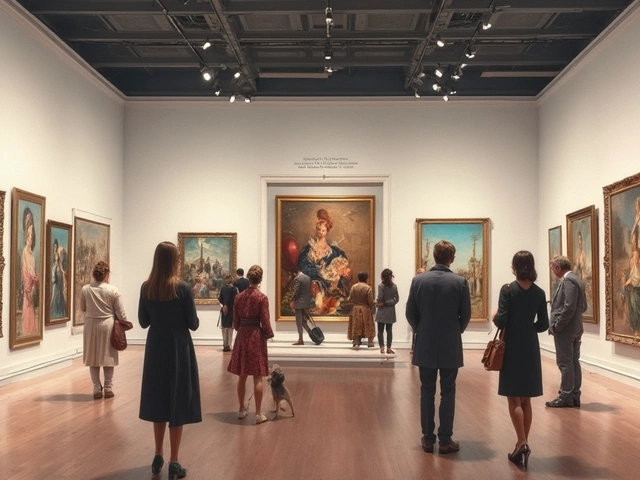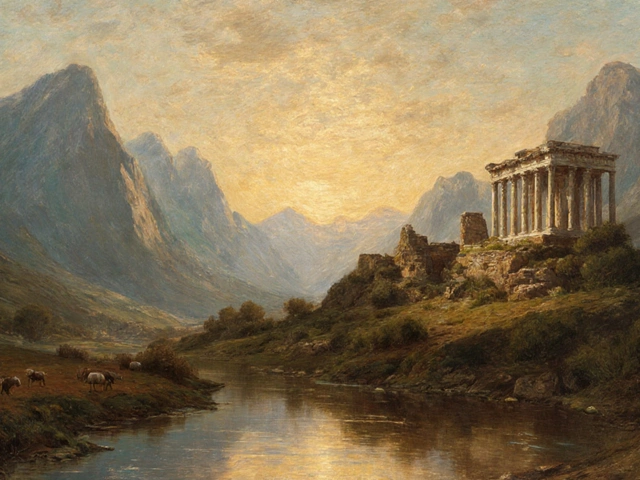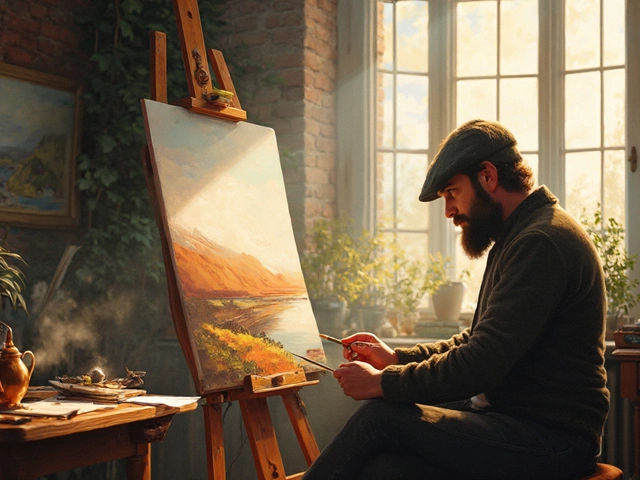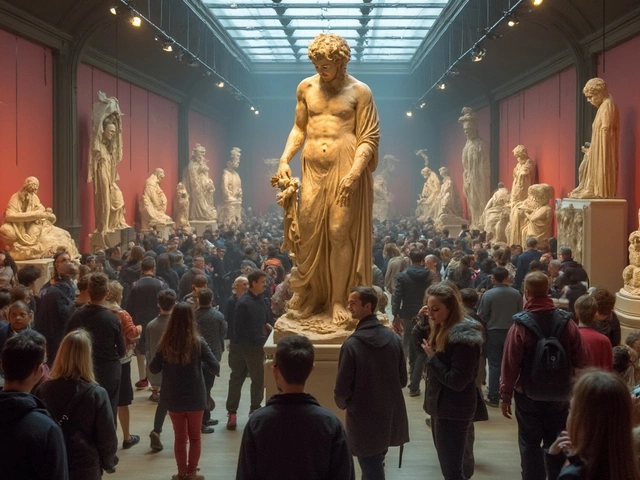Painting Nature: How to Capture Landscapes, Light, and Life with Brush and Color
When you paint nature, you're not just copying what you see—you're translating light, mood, and movement into color and shape. Painting nature, the practice of depicting natural scenes like forests, mountains, rivers, and skies using paint. Also known as landscape painting, it’s one of the oldest and most enduring forms of artistic expression, from the quiet stillness of a Hudson River School scene to the bold, broken brushwork of modern plein air artists. It doesn’t require perfect realism. What matters is how you feel the wind in the trees, how the sun hits the water at dusk, or how shadows pool under a rock. That’s the truth behind every great nature painting.
Many people think you need fancy tools or years of training to paint nature well. You don’t. Some of the most powerful nature paintings come from artists who worked outdoors with just a small sketchbook, a few brushes, and whatever paint they had on hand. Watercolor technique, a method of painting using transparent pigments layered to build depth without muddying colors is perfect for capturing quick changes in light—like clouds moving over a hill. Oil painting, a slower, richer medium that lets you build texture and depth over days lets you linger on the way moss clings to bark or how autumn leaves glow from within. And plein air painting, the practice of painting outdoors, directly from life, forces you to see differently—to notice how shadows shift in real time, how colors change with the hour, and why no photo can truly replace being there.
What ties all these together? It’s not about getting every leaf right. It’s about learning to see the big shapes first—the masses of color, the flow of light, the rhythm of the land. You’ll find posts here that show you how to layer watercolor without turning your painting muddy, how to decide whether to paint the background or foreground first in a landscape, and why the best nature art often comes from simple observations, not complicated techniques. Whether you’re working with a budget of zero or a full studio setup, the same principles apply: start with what you see, trust your eye, and let your brush follow your feeling. Below, you’ll find real, no-fluff guides from artists who’ve been there—tips that work, mistakes to avoid, and the quiet magic of painting the world as it actually is, not as you think it should be.
How to Make Landscape Paintings Look Good: Simple Techniques for Realistic and Emotional Art
Learn how to make landscape paintings feel alive with simple techniques for composition, color, light, and texture. No fancy tools needed-just observation and honest expression.
Continue Reading




